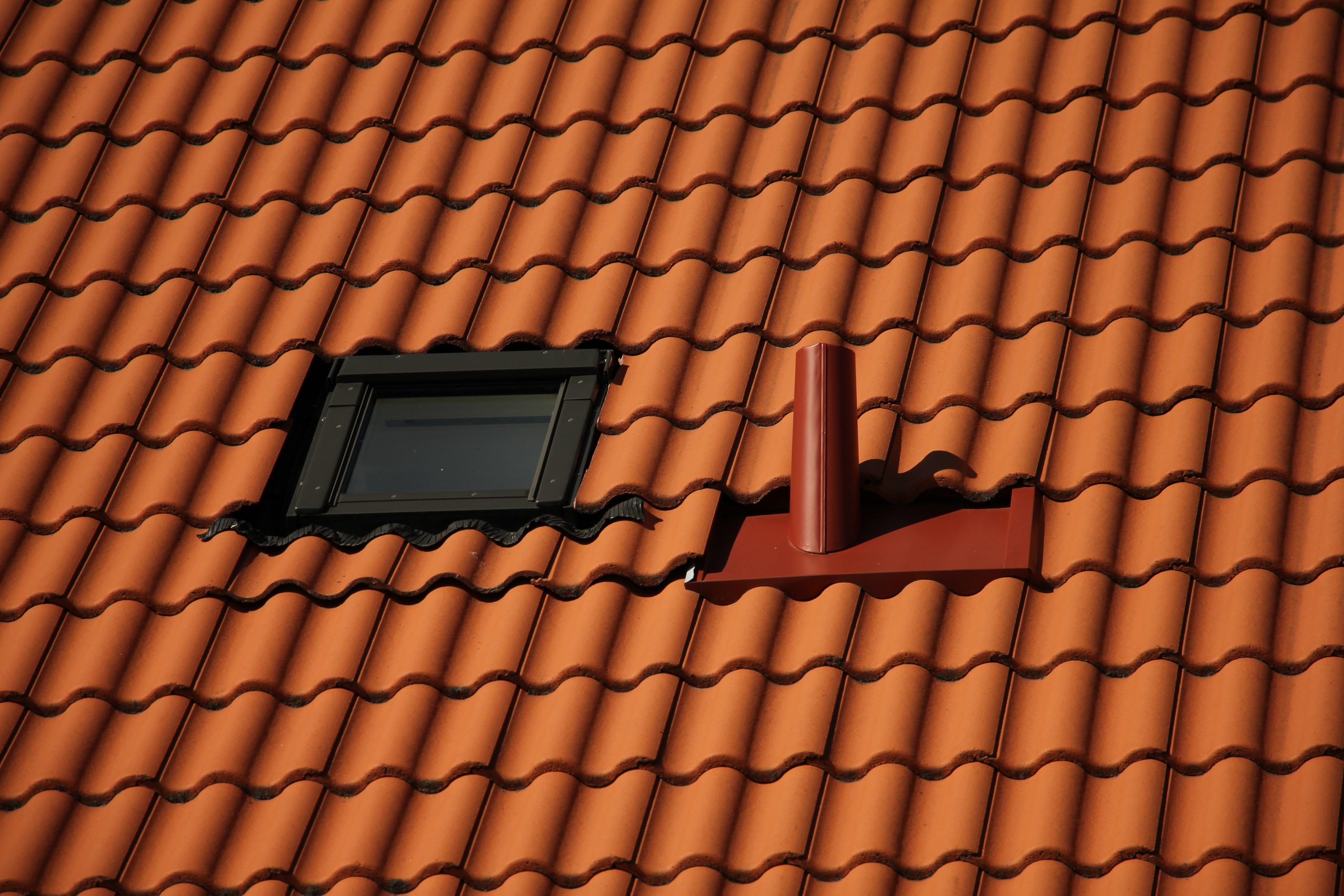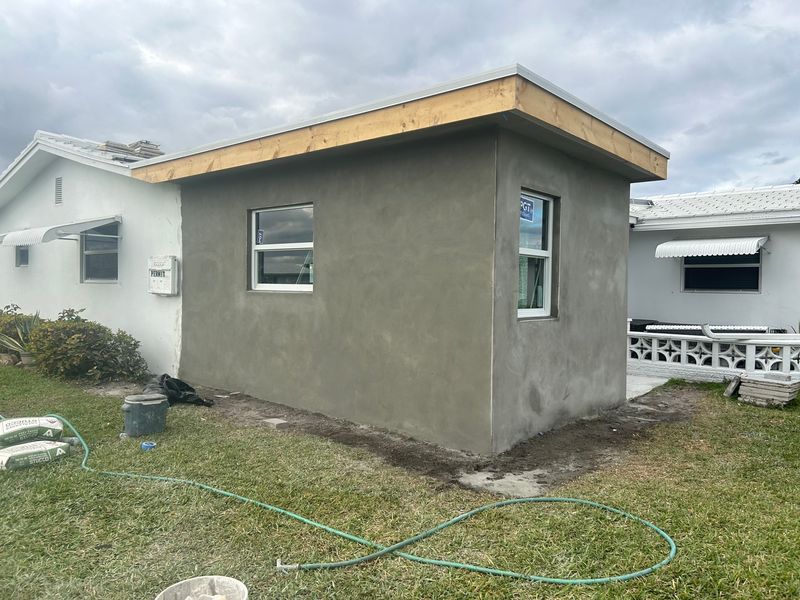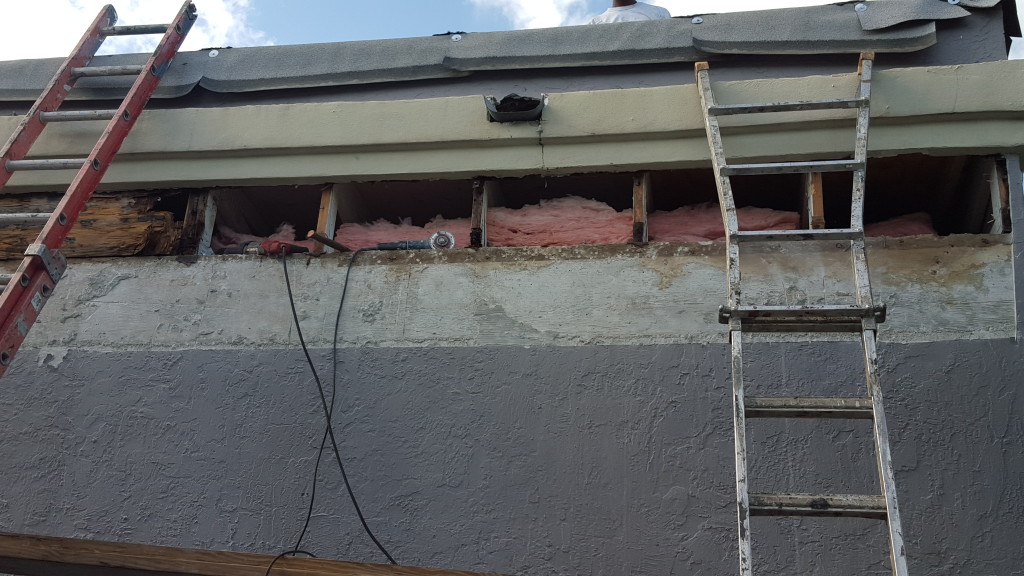Roof leak in your house? The last thing you want to think about this season is your roof. It’s generally reliable so in the event that a leak is noticed, it’s difficult to imagine what the next steps are. Your first thoughts may be surrounding cost, which is standard.
Because it’s unlikely that you have a roofer on speed dial, it can also be challenging finding someone trustworthy to work on your roof. The best way to avoid these kinds of worries is by being proactive about the treatment of your roof.
Why You Need To Check Your Roof

Photo by John Kinnander on Unsplash
Because you'll never know when roof leak can happen. The roof is often something that is taken for granted but it takes quite a beating from the elements. Annually the roof is berated with harsh snow, hail, and rain.
Without regular attention, your roof will slowly deteriorate and leave opportunities for leaks and build-up to begin. Even if you are a new homeowner, your roof is worth attention early on to prevent the long-term effects of damage.
These helpful tips are here to give you direction on maintaining the state of your home’s roof. The amount of damage your roof has depends on a lot of factors. It can be due to weather and environmental conditions or age.
Fixing the aftermath of these effects can be costly and stressful. When your roof begins leaking, it is because the roof has had long-term damage and it’s beginning to show. It takes some time to get to the point that there is this much damage.
This is why early detection with a licensed roof contractor is critical. The following tips are given as early prevention lessons in avoiding leaks in your roof.
Even though roof maintenance is often affordable and practical, many people avoid it and end up with roof leaks.
1.Routine Inspection
To maintain a healthy roof, being proactive about the handling is the best way to act. Skilled professionals are knowledgeable on the different roofs and can guide you through a specific plan for your home. They will be able to give you the correct options for your home so you can decide the best course of action after experiencing a leak.
Regular Roof Inspections It is advised that each year a roofing specialist visits in order to check the status of the roof. These inspections should be conducted by a trained professional.
The inspector will be able to quickly spot any signs of wear and tear so that you can mend them right away. This can help avoid build-up and issues with long-term damage.
Because you are not a licensed roofer, it’s unlikely that you know the specific concerns that are associated with your type of roofing.
Hiring a professional is the best way to manage the annual inspections.
For more information about professionals you can check this link below:
2.Install Those Gutter Guards
By installing Gutter Guards, you will be preventing build-up that often happens in your home’s gutters.
When it rains, your gutters act to swiftly remove the water from the top of your home. Because the gutters can get backed up with leaves and other tree debris, it can cause a blockage which pushes more water to build up in specific places on the roof.
Inspect The Special Features Your roof may have a built-in chimney or a skylight. These are some of the most popular places for leaking to begin on a home’s roof. Because the water is easily funneled to these locations, the flooding can build up and cause
damage and leaking.
To ensure that this doesn’t happen, the roof flashing will need to be inspected as well. These built-in home features should have openings around them to properly direct water flow but these can often become backed up as well.
The ends up pooling water in the location. Having this inspected and corrected will avoid ongoing roofing. This is also a simple task for someone who likes to take initiative on home repairs themselves. With a simple putty knife and caulk, these repairs can be done quickly.
3.Inspect the Drip Edging To Prevent Roof Leak
The Drip Edge hangs off the end of the roof and helps manage the water flow similar to the gutter. This is important to clean because it will help avoid pooled water at small locations around your home.
This needs to be done by a roofing inspector to ensure that if there are repairs needed, that they are attended to immediately. These problems can become severe and costly but are easily avoidable with proper maintenance.
It’s a better and wiser choice to invest upfront in the avoidable issues than to be out of pocket on a larger roofing repair in a short amount of time.
4.Check The Roof Leak At The Top
Because it’s often assumed at the point in which you have a leak that it’s the rooftop, it’s easy to forget that there’s a space between your roof and your general ceiling.
By looking into the attic, you may find the culprit quite easily. Looking for the traditional reasons that your attic may be inviting this problem, you’ll want to seek professional help.
This can be a dangerous area and you want to make sure that you’ll be able to access it safely. You’ll be able to find that it can be one of many things including mold, clogged vents, or insulation that is no longer useful.
Remember to also check other problems. Since there always a chance these areas are highly damp. Mold can easily grow. Want to know more about mold? Read the link below!
Mold Removal: How to Get Rid of Mold?
5.Gutter Maintenance to Prevent Roof Leak
Gutter maintenance is one of the most critical parts of roof maintenance. As mentioned above, the reason for this is that the gutters keep the proper flow of water for drainage.
By cleaning the gutters and lease twice each year, you’ll see a lower likelihood of extreme build-up created by natural debris. You’ll also see that your gutters will last longer based on the fact that they won’t need as much long-term repair.
If you live in a location that is much more prone to tree debris or environmental debris in general, it is recommended that you maintain your gutters by cleaning them more frequently than others.










0 Responses